What a good time to study A Level Politics!
Year 12 and 13 Politics students have had a gripping time discussing the turbulent and dramatic political events of the last few weeks. At the start of the year Y12 students were...
Filter by Category
Filter by Author









































































































































































Year 12 and 13 Politics students have had a gripping time discussing the turbulent and dramatic political events of the last few weeks. At the start of the year Y12 students were...
Posted by Giles Monks
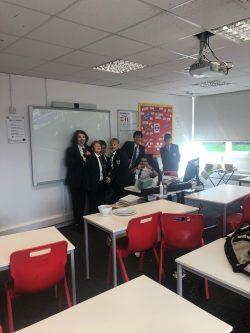
A major advantage of learning another language is the ability to access other cultures. Our Spanish club uses our language skills to follow La Liga, one of the most globally...
Posted by Duncan Harrop

Posted by Maryam Razavi

The SEND information evening was held on Tuesday 18 October. Mrs Seed, SENDCo, gave a presentation to invited students, parents and carers about the support offered at Bushey...
Posted by Sara Ash - Deputy Headteacher
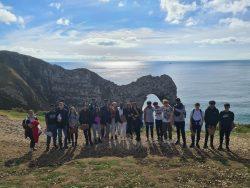
We set off from school at around 9:20am on Wednesday 12th October and arrived at Leeson house at around 12:40pm, which is where our accommodation was and where we slept over the 2...
Posted by Sarah Dunsby

Posted by Sara Ash - Deputy Headteacher
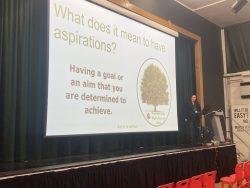
The Theme of the Week this Week was Aspirations with assemblies delivered by Assistant Headteacher, Ms Greenwood. Linking to the school motto of Aspire to Achieve and the...
Posted by Sara Ash - Deputy Headteacher

On Thursday 13 October the main hall was packed with Year 11 students, parents and carers ready to learn different strategies and techniques for revision. Mrs Knowles, Assistant...
Posted by Sara Ash - Deputy Headteacher
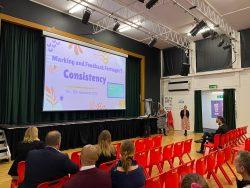
Our Monday Magic Moment this week in our Staff Meeting before school was led by two of our most inspiring and talented teachers: Lead Practitioner Mrs Hoskins and Advanced Lead...
Posted by Jeremy Turner
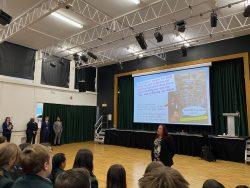
The theme for our Main School Assemblies this week has reflected a strand that is at the very core of our school – that of Aspiration. Assistant Headteacher Mrs Greenwood...
Posted by Jeremy Turner
We set off from school at around 9:20am on Wednesday 12th October and arrived at Leeson house at around 12:40pm, which is where our accommodation was and where we slept over the 2 nights. On the first day we went to Studland beach to measure the retreat from the water caused by the sand dunes and our activity was measuring every 10 meters along the sand dunes to identify the angle change, soil moisture, soil pH, wind speed and what plants grew along the tops of the sand dunes. Before going back on the coach, we walked back along the beach and found “blowouts”, which is where the army blow-up old World War 2 bombs that used to be placed on the beach, they form open sandy spaces for people to go to, perhaps if the beach is to crowded, especially in summer. Then we had a lesson in the evening discussing what we found during the day.
On the second day (Thursday), in the morning we went down to Durdle Door and went on 2 of its beaches to do the same activity, which was first measuring how long the beach was from the end of the water to the base of the cliffs, then making notes of the angle change whenever the beach got more / less steep in gradient. We also on both beaches identified rock diameters (how long they were) and their shapes / sizes, so if they were rounded, sub rounded or angular. We finally went on a walk further down the coast to look at cliff / coastal formations and discussed what that area of coast might look like in 1000’s of years if erosion stayed at its current level. Again, we had a lesson in the evening discussing what we found during the day and made a box plot chart comparing the difference in the size of pebbles found on the 2 beaches at Durdle Door.
On the final day (Friday) in the morning we went down to Swanage beach and measured the width of the beach and the height of the man-made stumps, as they got closer into the water, then calculated the average height for all of them. We had a bit of free time around Swanage beach before collecting our bags at Leeson House and then went on the Coach, returning back to school.
Overall it was a very good field trip and very helpful and education to all of us and it greatly helped us get a better understanding on topics like coastal erosion and coastal land formations and I recommend future Year 11 Geography students do a similar trip in the future.
Tom Harverson Year 11
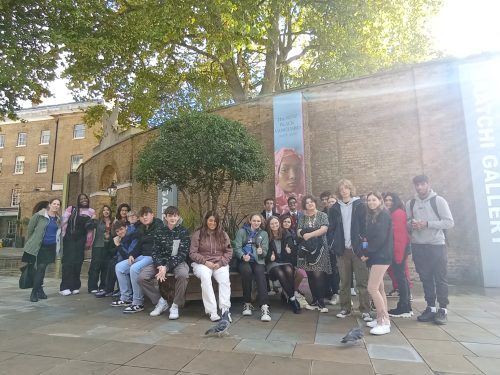
On Wednesday the 9th November year 12 and 13 Art, Photography and Graphic A-level students went on a trip to London to visit two galleries. The first exhibition we visited was The...
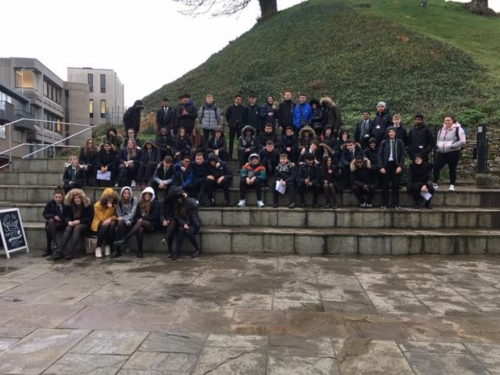
As part of the GCSE Geography course, students are required to undertake two field work investigations away from the school site. Following on from our trip to Weymouth last year,...